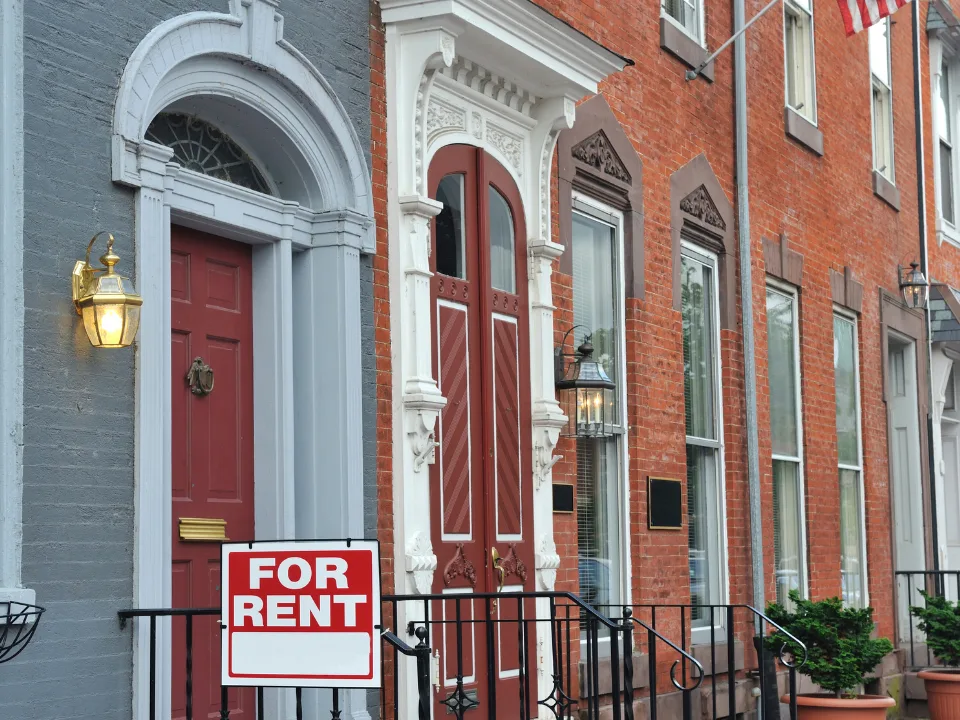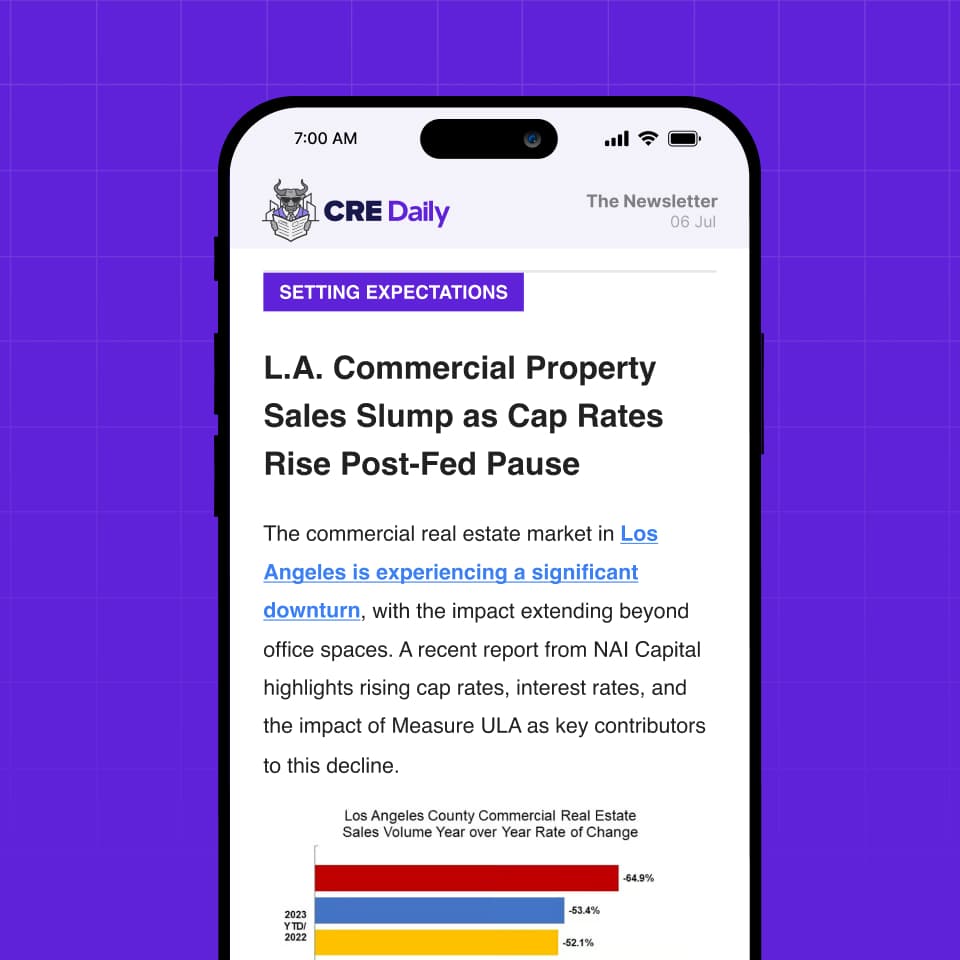- Rental households grew by 1.9% in 2024, adding 848,000 units—more than double the 0.7% growth in homeowner households.
- Renters accounted for 54.5% of all household growth last year, despite making up just 34.1% of total households.
- Flexibility, affordability barriers, and a record number of new multifamily and BTR (build-to-rent) completions are fueling the trend.
Renters Lead the Way
According to Globe St, new data from Arbor Realty Trust and Chandan Economics showed that renters drove the majority of household growth in the US in 2024. The number of renter-occupied homes rose by 1.9%, compared to just 0.7% growth in owner-occupied homes. That growth added 848,000 new rental households, pushing the total number to 45.3M—a new record.
A Long-Term Shift
The 2024 growth rate for rental households marks the sector’s strongest annual gain since 2015, excluding the pandemic-era housing rebound in 2021. This continues a 15-year trend in which the renter population has steadily increased, missing only two years—2017 and 2020—of growth since 2009.
More Supply, More Demand
A key driver behind the growth is new rental supply. The US delivered around 591,600 multifamily units last year—the highest level in 50 years. Single-family build-to-rent (BTR) projects are also on the rise, giving renters more options and higher-quality living experiences.
According to the report, renters are increasingly willing to pay a premium for flexibility and amenities, especially younger professionals and older adults who are deferring homeownership.
Get Smarter about what matters in CRE
Stay ahead of trends in commercial real estate with CRE Daily – the free newsletter delivering everything you need to start your day in just 5-minutes
Flexibility Over Commitment
Roughly one-third of renters cited relocation flexibility as a key reason for renting over owning. This preference spans both Gen Z and Millennials, as well as a growing group of renters over age 50, all of whom are gravitating toward the freedom renting affords—especially in an uncertain economic climate.
The Affordability Squeeze
High home prices and mortgage rates remain major barriers to ownership. Even though home purchase sentiment has improved slightly since 2023, only 1 in 5 consumers believe it’s a good time to buy, according to Fannie Mae.
Why It Matters
The growing dominance of renters reflects a fundamental shift in how Americans are approaching housing. Developers, investors, and policymakers will need to respond to increased demand for high-quality, flexible rental options as traditional paths to homeownership become less accessible.
What’s Next
With affordability challenges persisting and flexible living gaining favor, expect continued strength in rental demand in both multifamily and SFR segments. As more units hit the market and attitudes toward renting evolve, the rental market’s share of household growth is likely to remain elevated in the coming years.















